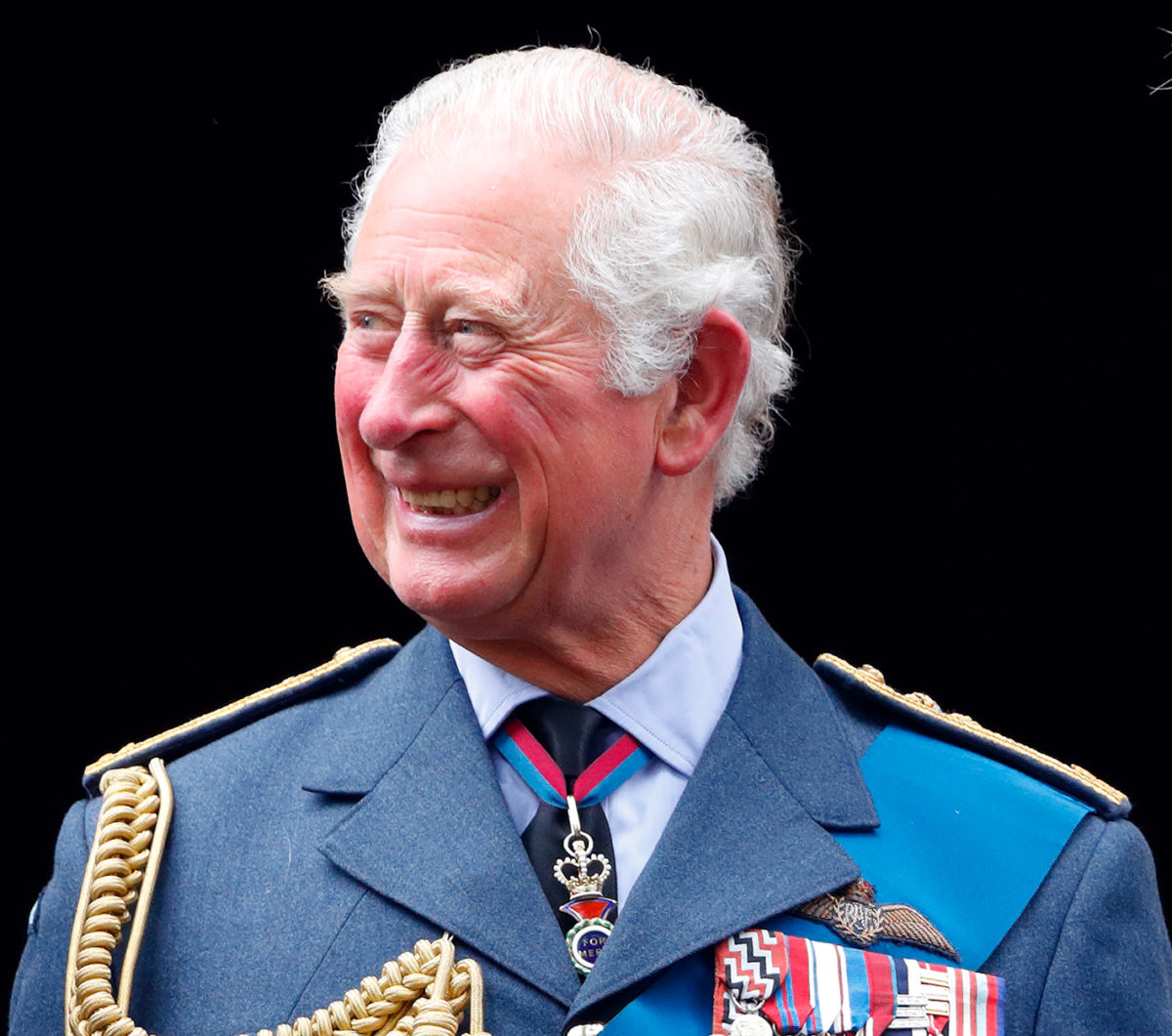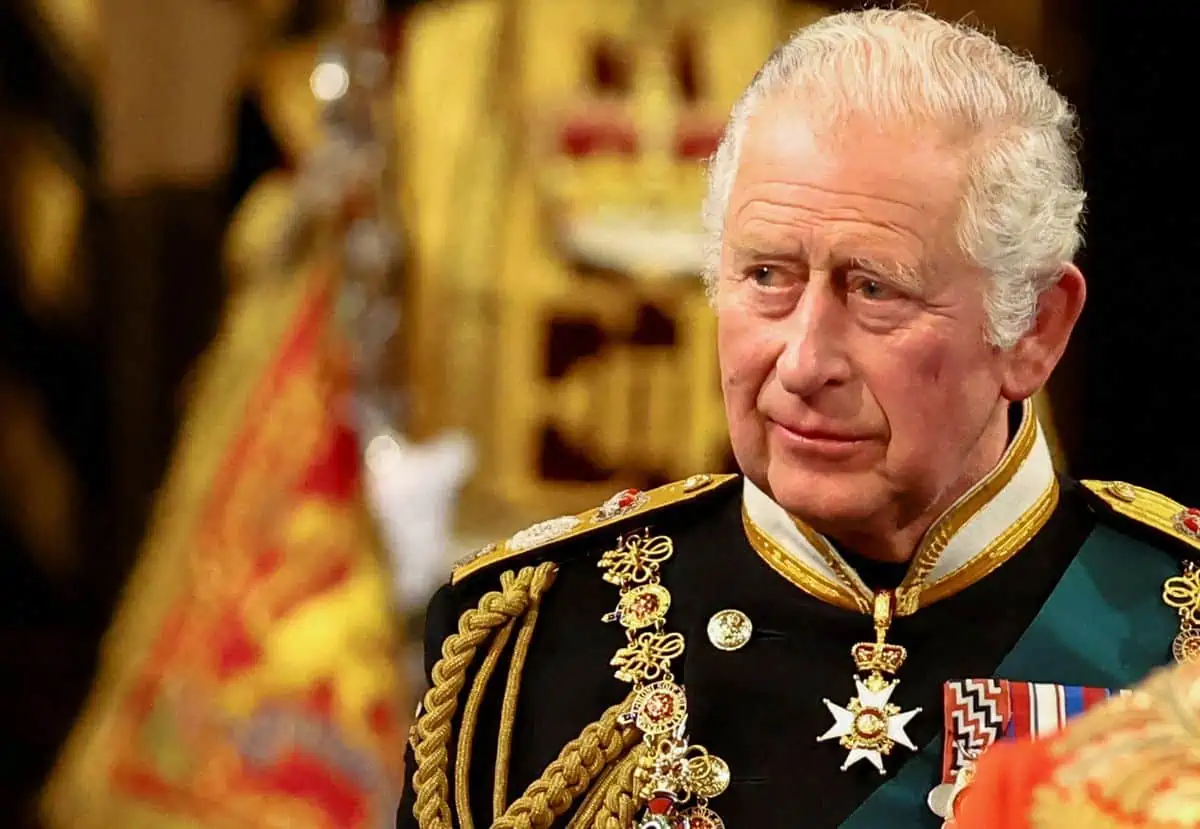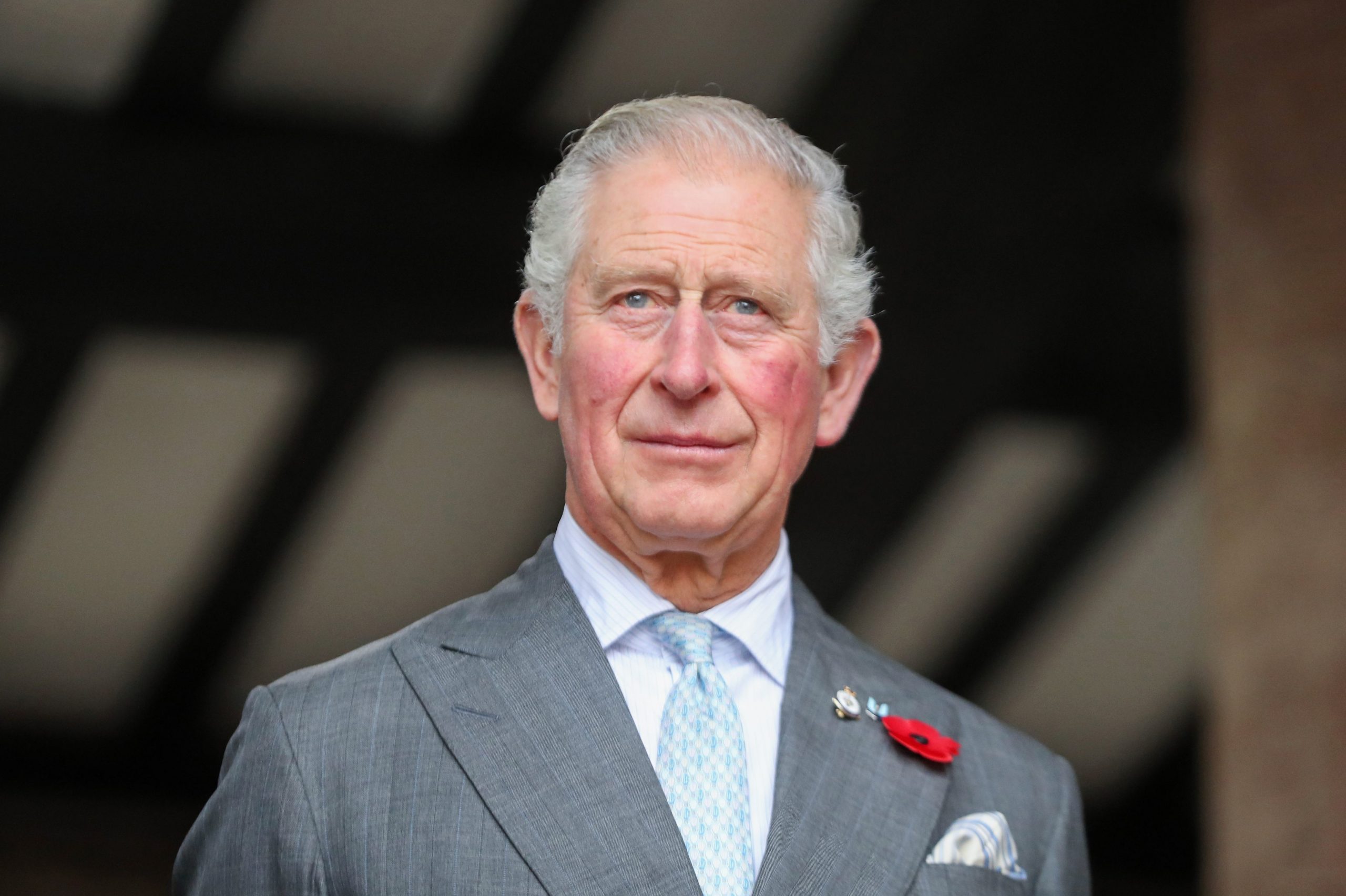On a splendid summer day in London, July 29, 1981, the world paused to witness an event that would forever be etched in history: the marriage of Prince Charles and Lady Diana Spencer. This momentous occasion, widely heralded as "the wedding of the century," captivated an unprecedented global audience, drawing eyes from every corner of the globe to St. Paul's Cathedral. It was a day brimming with pomp, pageantry, and profound public anticipation, marking a significant high point in the popularity of the British Royal Family.
More than just a union of two individuals, the Charles Diana wedding symbolized hope, tradition, and a glimpse into the future of the monarchy. From the initial engagement announcement to the lavish ceremony and the quiet moments that followed, every detail was scrutinized and celebrated. Forty-three years later, as of July 29, 2024, the echoes of that day still resonate, reminding us of its enduring legacy and the indelible mark it left on cultural memory. This article delves into the intricate details, the historical significance, and the lasting impact of this iconic royal event.
Table of Contents
- The Royal Couple: A Brief Introduction
- A Whirlwind Romance and Engagement
- St. Paul's Cathedral: A Historic Venue
- The Wedding Day Unfolds: Pomp and Pageantry
- A Global Spectacle: The Audience
- The Cost of a Fairytale
- Beyond the Smiles: Unseen Tensions
- The Enduring Legacy of the Charles Diana Wedding
- Conclusion
The Royal Couple: A Brief Introduction
The protagonists of this grand affair were Prince Charles, the then-heir apparent to the British throne, and Lady Diana Spencer, a member of the venerable Spencer family. Their union was not merely a personal one but a matter of immense national and international interest, given their prominent roles within the British aristocracy and monarchy. Understanding their backgrounds provides crucial context for the magnitude of their wedding.
Prince Charles (later King Charles III)
Born into the very heart of the British monarchy, Prince Charles was destined for a life of public service and, eventually, kingship. As the eldest son of Queen Elizabeth II and Prince Philip, Duke of Edinburgh, his life had always been under scrutiny, yet his marriage was set to elevate this attention to an entirely new level. He was educated at Gordonstoun School and Trinity College, Cambridge, and served in the Royal Navy, preparing him for his future role. At the time of his wedding to Diana, he was 32 years old, a seasoned royal figure ready to take on the responsibility of marriage and family.
| Attribute | Detail |
|---|---|
| Full Name | Charles Philip Arthur George |
| Title at Time of Wedding | Prince of Wales, Heir Apparent to the British Throne |
| Parents | Queen Elizabeth II and Prince Philip, Duke of Edinburgh |
| Born | 14 November 1948 |
| Role | Future King of the United Kingdom and Commonwealth realms |
Lady Diana Spencer (later Princess of Wales)
Lady Diana Spencer brought a different, yet equally compelling, background to the royal family. Born into an ancient and aristocratic British family with close ties to the monarchy, she was no stranger to privilege, but her life had been relatively private until her engagement to Prince Charles. Her upbringing at Althorp, the Spencer family estate, provided her with a grounding that contrasted sharply with the intense public life she was about to embrace. At just 20 years old at the time of her wedding, Diana was poised to become a global icon, a figure who would redefine the role of a modern princess.
| Attribute | Detail |
|---|---|
| Full Name | Diana Frances Spencer |
| Family | Spencer Family (aristocratic British family with royal connections) |
| Parents | John Spencer, Viscount Althorp (later 8th Earl Spencer) and Frances Shand Kydd |
| Born | 1 July 1961 |
| Role | Future Princess of Wales, Global Humanitarian |
A Whirlwind Romance and Engagement
The journey to the altar for Prince Charles and Lady Diana was, in the public eye, remarkably swift. Their engagement was officially announced on February 24, 1981, a mere five months before the wedding itself. This announcement was accompanied by an exclusive interview that offered the public their first real glimpse into the couple's dynamic. Prince Charles famously told the BBC that he was 'delighted and frankly...' when asked if he was in love, a response that, in retrospect, hinted at the complexities beneath the surface. Diana, still very young and new to the intense public scrutiny, appeared shy but expressed 'tremendous hope' at that moment.
The period between the engagement and the wedding was a whirlwind of preparations, public appearances, and growing anticipation. Lady Diana, previously a kindergarten assistant, was thrust into the international spotlight. Her every move, every outfit, became a topic of discussion and fascination, transforming her into an instant style icon. The public devoured every detail, from her sapphire engagement ring to her emerging public persona. This short engagement period only intensified the public's fascination, building an immense wave of excitement for the upcoming royal nuptials. The media frenzy was unprecedented, setting the stage for an event that would truly capture the world's imagination.
St. Paul's Cathedral: A Historic Venue
The choice of St. Paul's Cathedral for the Charles Diana wedding was, in itself, a significant detail, breaking a long-standing royal tradition and adding another layer of historical intrigue to the event.
A Break from Tradition
For centuries, Westminster Abbey had been the quintessential venue for British royal weddings, a hallowed space steeped in centuries of monarchical history. However, Prince Charles and Princess Diana’s wedding marked a notable departure. It was the first royal wedding to be held at St. Paul’s Cathedral in London since the 1501 nuptials of Prince Arthur (son of King Henry VII) and Catherine of Aragon. This meant that the last royal wedding held at St. Paul's Cathedral was a staggering 480 years before that of Princess Diana and Prince Charles, making their choice particularly striking. The primary reason for this deviation was practical: the sheer scale of the guest list, reportedly around 2,600, necessitated a larger venue than Westminster Abbey could comfortably accommodate. St. Paul's offered the vast space required for the immense number of dignitaries, family members, and friends invited to witness this monumental occasion.
The Cathedral's Grandeur
St. Paul's Cathedral, with its iconic dome dominating the London skyline, provided a magnificent and suitably grand backdrop for the "wedding of the century." Designed by Sir Christopher Wren, its vast interior, soaring ceilings, and historical gravitas added an unparalleled sense of majesty to the proceedings. The decision to hold the wedding here underscored the event's monumental importance, ensuring that the ceremony would be remembered not just for the couple involved, but for the sheer spectacle and historical significance of its setting. The architectural splendor of St. Paul's, combined with the solemnity of the royal ceremony, created an unforgettable visual and emotional experience for those present and for the hundreds of millions watching worldwide. It was a setting befitting a truly historic moment, elevating the entire event to an almost mythical status.
The Wedding Day Unfolds: Pomp and Pageantry
Wednesday, July 29, 1981, dawned a delightfully warm and sunny London day, setting the perfect stage for history to unfold. The city was alive with excitement, draped in flags and bunting, as millions lined the streets, eagerly awaiting a glimpse of the royal procession. The atmosphere was electric, a palpable sense of shared joy and national pride filling the air.
The Bridal Procession
All eyes were on London as Lady Diana Spencer made her way to St. Paul's. Her journey in the Glass Coach from Clarence House to the Cathedral was one of the most anticipated moments of the day. The crowds roared as she passed, a sea of faces eager to witness her arrival. Stepping out of the coach, her magnificent wedding gown, designed by David and Elizabeth Emanuel, with its record-breaking 25-foot train, became an instant icon. The dress, made of ivory silk taffeta and antique lace, adorned with 10,000 pearls and sequins, shimmered in the sunlight, a true masterpiece of bridal couture. The image of her walking down the aisle, a vision of youthful elegance and ethereal beauty, to wed Prince Charles, becoming what many would later call "the queen of people’s hearts," is indelibly etched in public memory. Her entrance was a moment of breathtaking drama, symbolizing the beginning of a new chapter for the monarchy.
The Ceremony and Vows
Inside the awe-inspiring cathedral, in front of 2,600 invited guests, the pair exchanged vows and were united in holy matrimony. The ceremony was a traditional Church of England service, steeped in centuries of royal protocol and religious solemnity. Every detail, from the hymns sung by the choir to the readings, was meticulously planned. A minor, endearing moment occurred when Diana famously mixed up Charles's names during her vows, calling him "Philip Charles" instead of "Charles Philip," a human touch in an otherwise perfectly choreographed event. Over 750 million viewers from around the world tuned in for the royal wedding ceremony as Prince Charles and Lady Diana Spencer arrived at St. Paul's, making it one of the most-watched events in television history. Thames Television was proud to be part of the team behind the filming of the wedding, ensuring that every moment was captured for posterity, allowing future generations to relive the glitz and glamour from the day. Diana later spoke of feeling ‘tremendous hope’ at that moment, a sentiment shared by countless onlookers who wished the couple a fairytale future, unaware of the complexities that lay ahead.
A Global Spectacle: The Audience
The Charles Diana wedding was not just a national event; it was a global phenomenon, an unprecedented media spectacle that captivated the entire planet. The sheer scale of its viewership was groundbreaking for its time. As mentioned, over 750 million viewers from around the world tuned in for the royal wedding ceremony. This colossal audience underscored the worldwide fascination with the British monarchy and the romantic allure of a royal wedding. From remote villages to bustling metropolises, people gathered around television sets, united by a shared desire to witness this historic union. The press, rightly, deemed it the "wedding of the century," a title that stuck because of its unparalleled reach and impact. Families hosted viewing parties, schools paused lessons, and pubs across continents showed the live broadcast, turning the event into a truly communal experience. For many, it was their first vivid memory of a major royal event, shaping their perceptions of the


